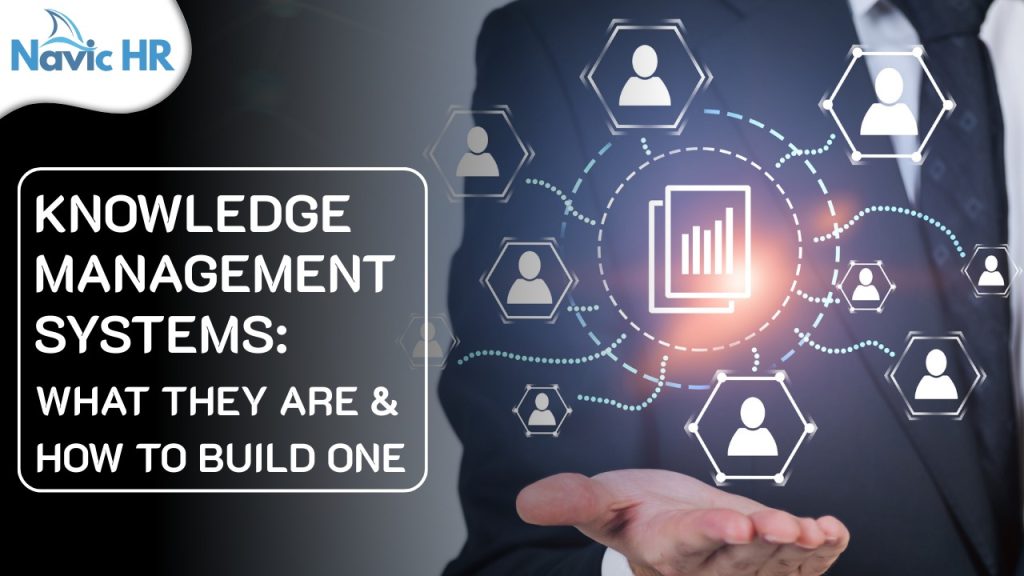
Every organization encounters the need to store, organize, and share knowledge effectively. This is where Knowledge Management Systems (KMS) come into play. A KMS is a platform or software designed to simplify the capture, organization, and distribution of information within an organization. It empowers teams to access vital resources, collaborate efficiently, and make informed decisions. But what exactly makes KMS crucial, and how can you build one that aligns with your business needs? Let’s take a closer look.
What is a Knowledge Management System?
A Knowledge Management System is a tool or platform designed to centralize organizational information, making it easy for employees to find, use, and share. Think of it as a digital library that houses policies, training manuals, project documentation, and more. But a KMS is much more than just storage. It incorporates features like search functionality, data categorization, and collaboration tools to ensure seamless use.
Why Are Knowledge Management Systems Important?
Organizations operate on a vast pool of knowledge, from company policies to proprietary insights. Without a proper system, valuable data often gets buried, lost, or overlooked. A well-designed KMS prevents information silos and empowers employees by ensuring the right information is accessible when they need it. This leads to faster decision-making, reduced redundancies, and an overall boost in productivity.
Key benefits of a KMS include:
Improved Collaboration: Teams can easily share and update information.
Faster Onboarding: New hires access necessary training materials in one place.
Enhanced Productivity: Time is saved by avoiding repeated searches for crucial documents.
Knowledge Preservation: Important organizational knowledge remains intact even when employees leave.
How to Build an Effective Knowledge Management System
Creating a KMS tailored to your organization requires careful planning and implementation. Here’s a step-by-step guide to help you build one effectively:
1. Assess Your Organization’s Needs
Start by identifying the type of knowledge your organization frequently uses. Conduct surveys or interviews with team members to understand their needs. For example, do they need quick access to company policies, or are they looking for project-specific insights? Understanding this will shape your KMS strategy.
2. Choose the Right Tools
Selecting the right software is critical. Look for platforms that offer customization options, easy integration with existing systems, robust search capabilities, and collaboration tools. Tools like SharePoint, Confluence, or Navic HR’s Knowledge Management System can make the process seamless.
3. Organize Information Effectively
A cluttered KMS is as problematic as having no system at all. Structure your knowledge base logically into categories and subcategories. Use tags to make searching easier. For instance, policies can be categorized by departments, while training materials can be grouped by roles.
4. Focus on User Experience
An effective KMS is one that employees actually use. Ensure the interface is simple and intuitive so that users can effortlessly search and retrieve information. Provide robust search capabilities, including filters and keyword-based searches.
5. Encourage User Adoption
No KMS succeeds without active user participation. To drive adoption, train employees on how to use the system and highlight its benefits. Appoint knowledge champions in different teams to guide their peers. Additionally, incentivize contributions to foster a culture of collective learning.
6. Keep It Updated
An outdated KMS is as good as obsolete. Regularly review and update the content to reflect real-time information. Appoint an admin or team responsible for auditing the quality and relevance of data.
Final Thoughts
A well-executed Knowledge Management System is like the backbone of an efficient organization. It simplifies how teams communicate, collaborate, and access information, saving time and resources in the long run. By assessing your needs, choosing the right tools, and encouraging adoption, you can build a KMS that empowers your workforce and ensures your organization thrives in today’s fast-paced world.
Your organizational knowledge is one of your greatest assets. Invest in a KMS today to unlock its full potential!
